The 4 Fundamental Positions
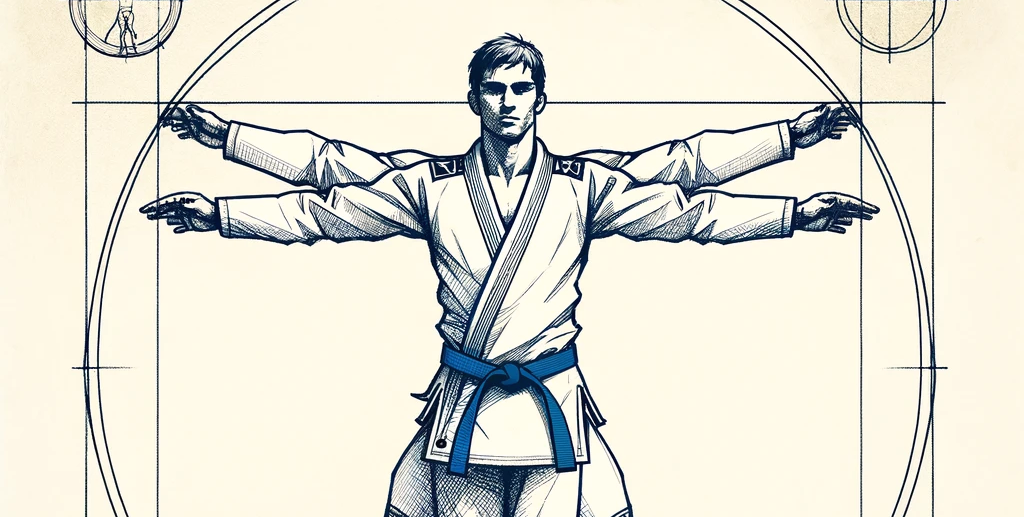
It is essential to start learning positions that establish a solid foundation and understand the fundamentals of control in Brazilian Jiu-Jitsu (BJJ).
A student's focus should be on mastering the fundamentals, such as maintaining positions, transitions, and basic submissions.
Regular practice, drilling, and positional sparring will help ingrain these positions and the related techniques into muscle memory and improve overall BJJ proficiency.
Here are four common positions that are fundamental to BJJ
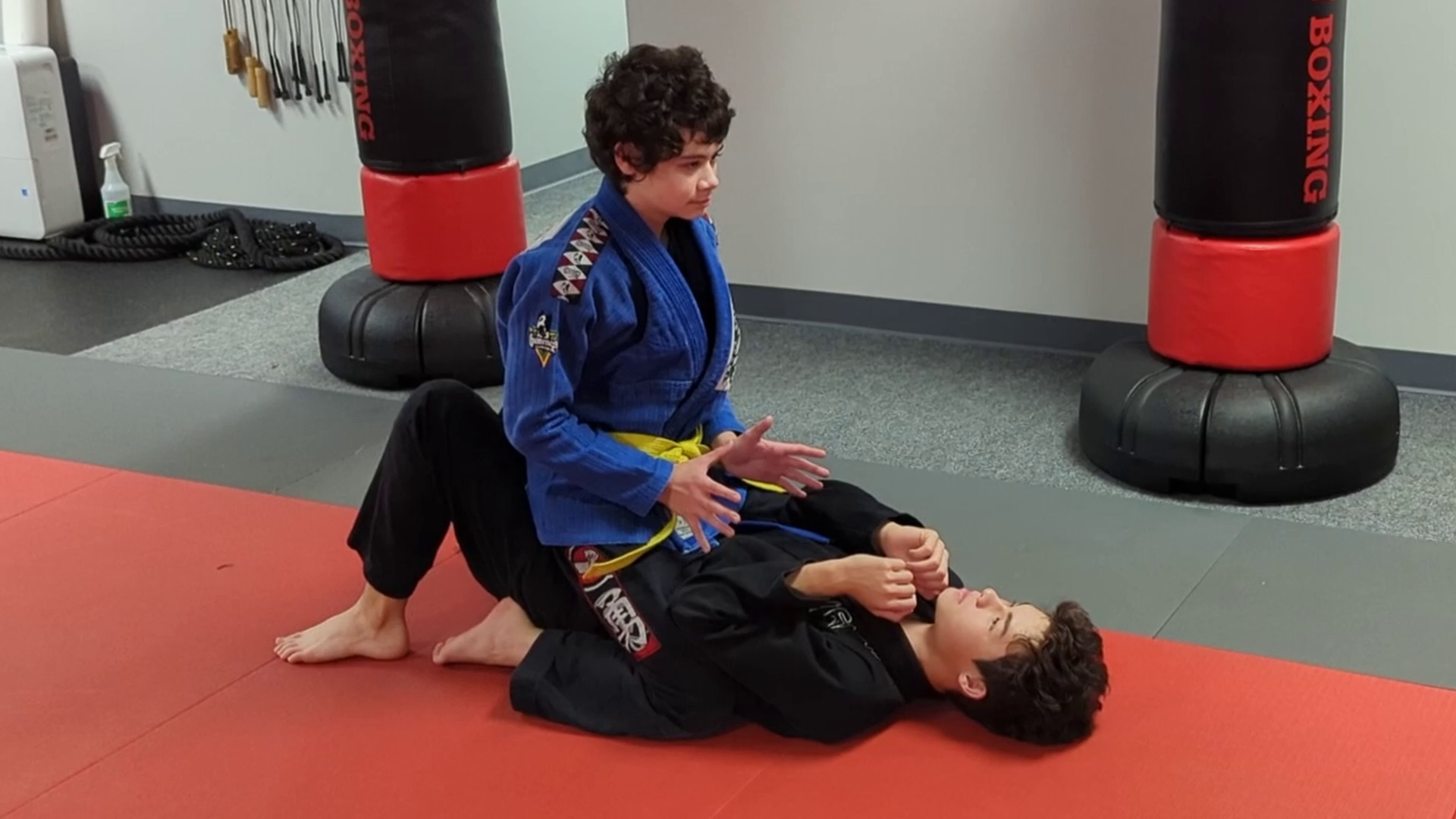
1. Full Mount
The practitioner is on top, sitting across the opponent's chest. It allows for substantial control and a variety of submission options.
- Focus for the Attacker (Top Person)
- Maintain balance and base to prevent being unmounted or reversed.
- Work on transitioning to submissions or a more dominant position like the back mount.
- Learn different submission options such as arm locks and chokes.
- Focus for the Defender (Bottom Person)
- Keep elbows close to the body to defend against potential submissions.
- Prevent the attacker from gaining high mount and setting up submissions.
- Work on escape techniques such as the bridge and roll or elbow escape to regain guard.
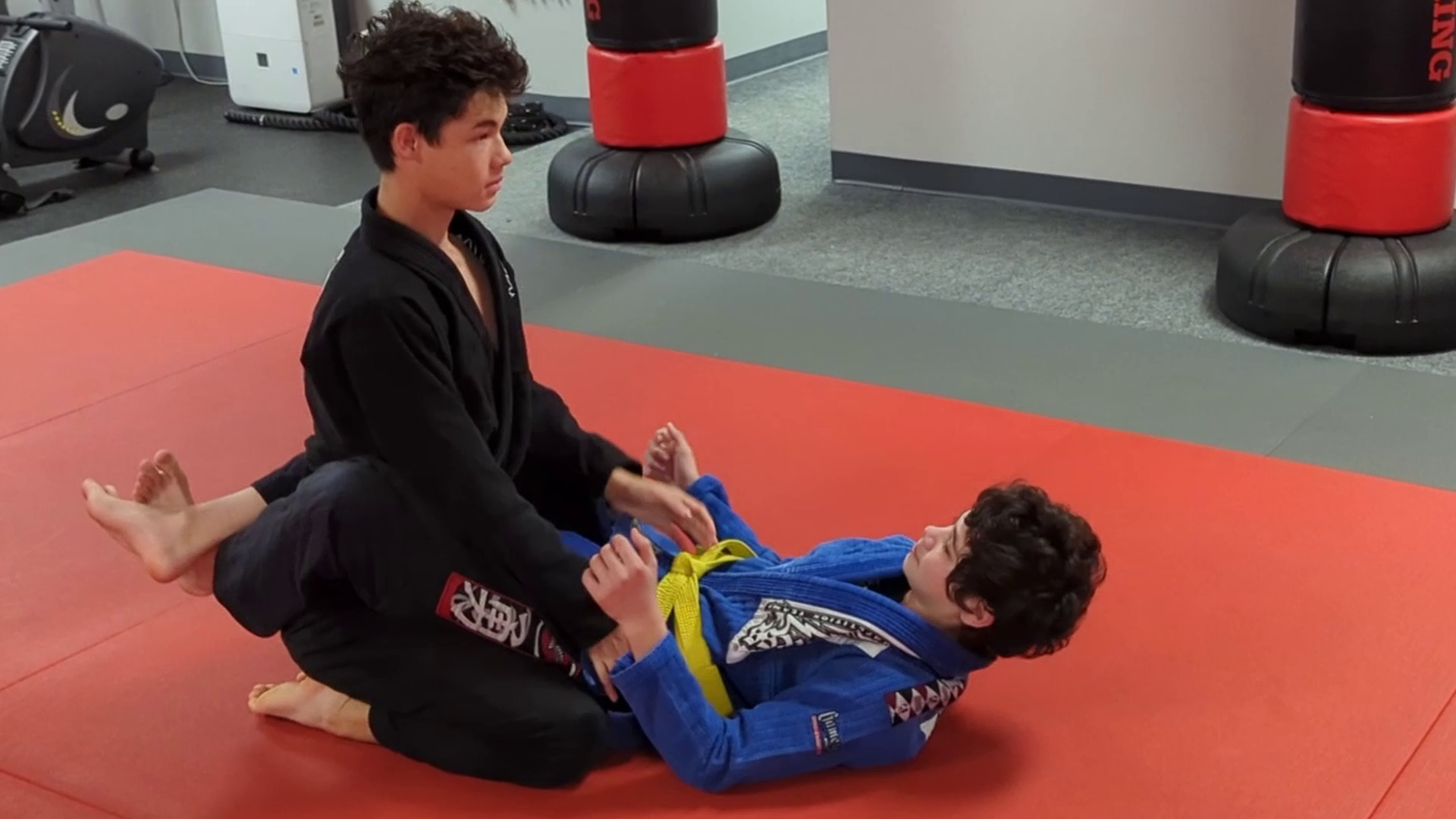
2. Closed Guard
The practitioner is on their back, controlling the opponent with their legs wrapped around the opponent’s waist.
- Focus for the Attacker (Bottom Person)
- Control the opponent's posture and prevent the guard from being passed.
- Look for opportunities to sweep or submit the opponent.
- Open the guard selectively for attacks or to transition to another guard.
- Focus for the Defender (Top Person)
- Maintain a strong posture to prevent being broken down or submitted.
- Work on passing the guard to a more dominant position such as side control or mount.
- Prevent sweeps and maintain base and balance.
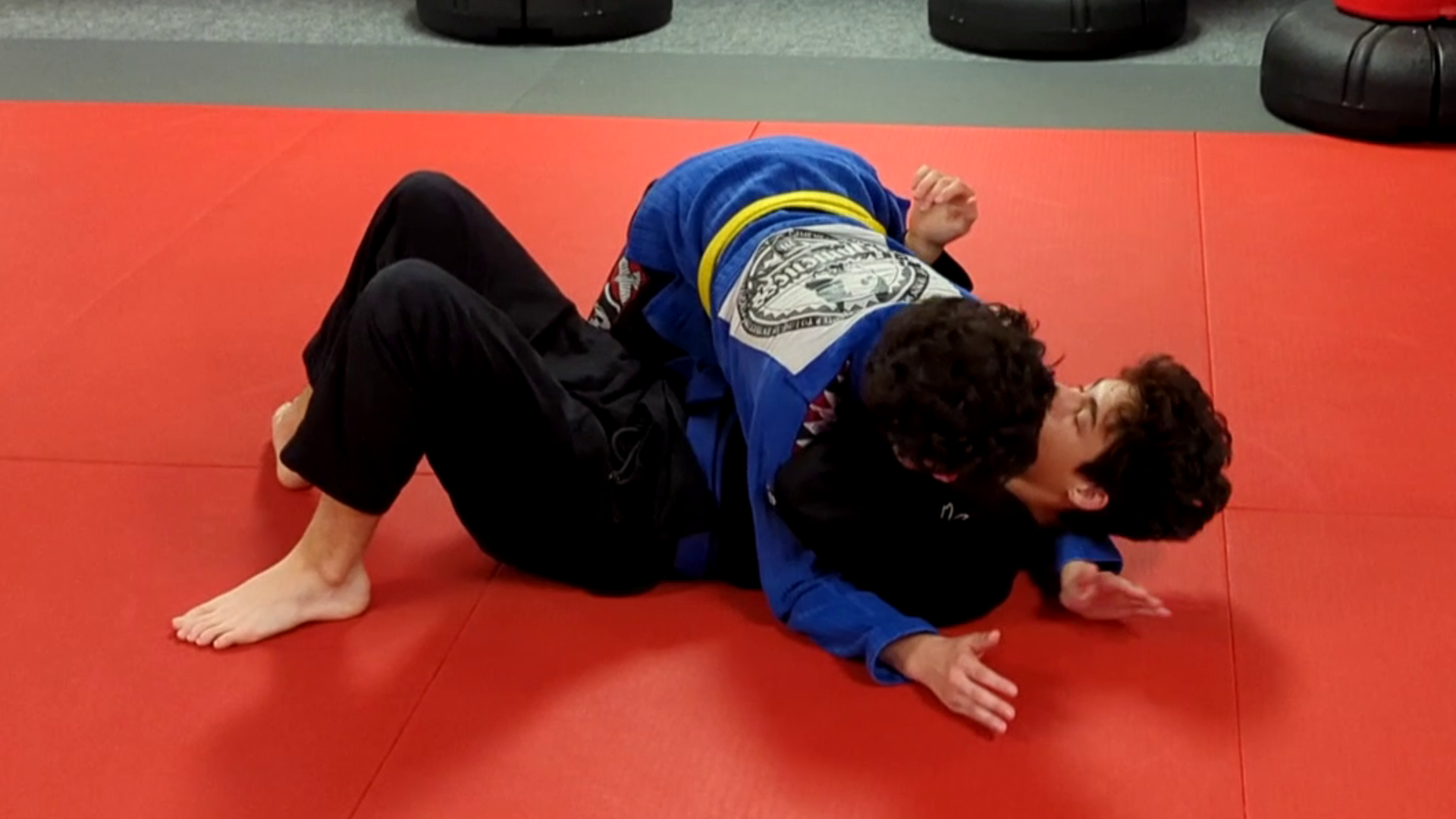
3. Side Control
The practitioner can control the opponent by applying pressure and restricting movement of their partners hips, knees, feet, shoulders, elbows and head.
- Focus for the Attacker (Top Person)
- Maintain strong shoulder pressure and keep the hips controlled.
- Prevent the defender from regaining guard or escaping.
- Look for opportunities to transition to mount or back control or to apply submissions.
- Focus for the Defender (Bottom Person)
- Keep arms positioned defensively to prevent submissions.
- Create space and frames to facilitate escapes.
- Look for opportunities to regain guard or move to a more advantageous position.
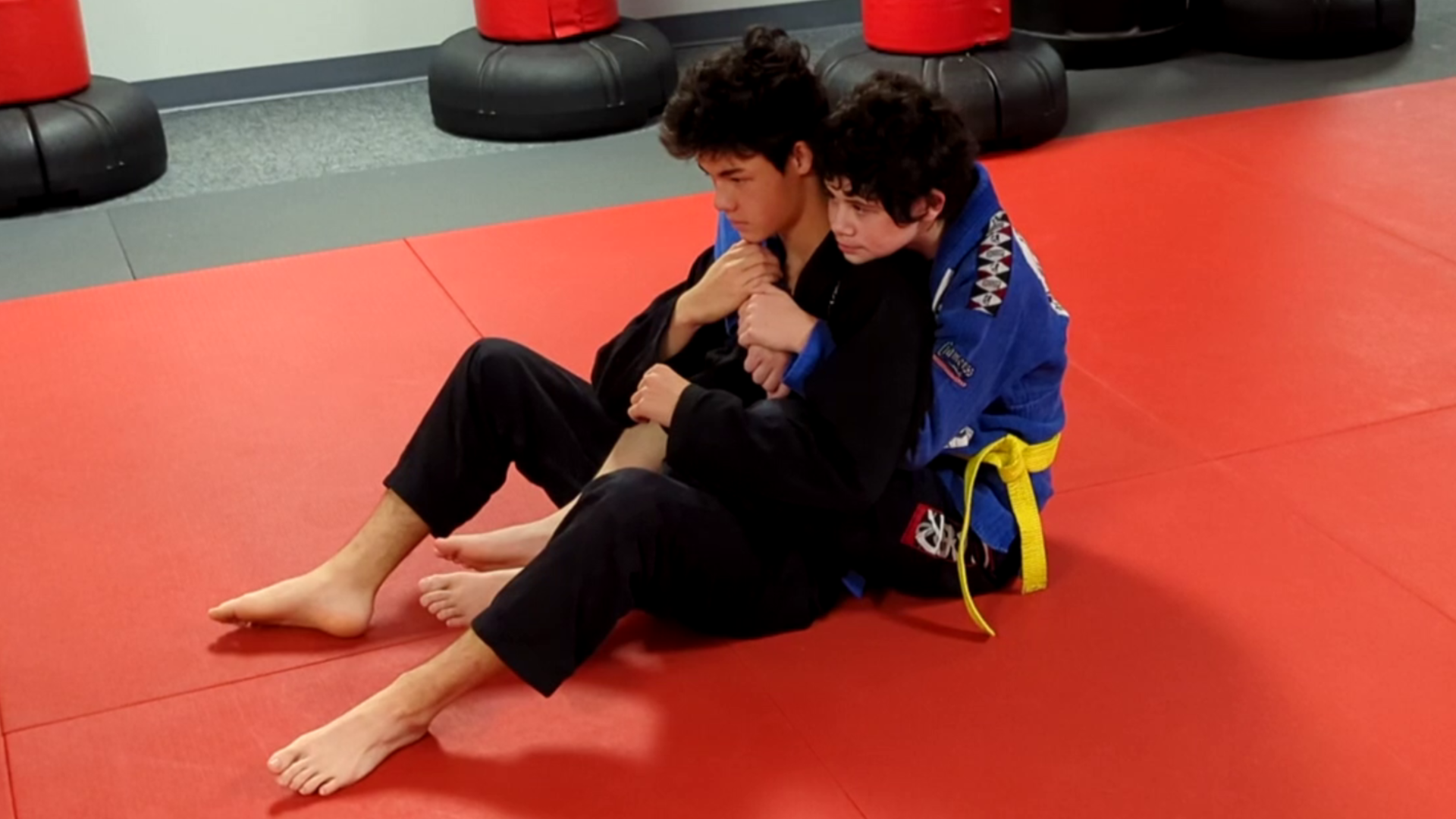
4. Back Control
Taking the back is one of the most dominant positions in BJJ, allowing significant control and high-percentage submission opportunities.
- Focus for the Attacker (Top Person)
- Maintain hooks and upper body control to prevent losing the position.
- Seek opportunities for rear-naked chokes and other back submissions.
- Prevent the defender from escaping or turning into the guard.
- Focus for the Defender (Bottom Person)
- Protect the neck and prevent the attacker from securing the choke.
- Work on escape methods such as turning into the opponent’s guard or sliding down and escaping the hooks.
- Prevent the attacker from flattening you out or securing body triangles.